Located in the region of Franconia, in the state of Bavaria, Nuremberg has been a centre of commerce and power for almost 800 years. Indeed, it held the title of Imperial Free City, that granted it a deal of autonomy that drew tradesmen, merchants and other, less salubrious sorts from miles around.
If you want to get a view of the city from the very bottom up, start by booking yourself a tour of the Lochgefängnisse – the city’s underground prison, that is located under the town hall.
This dark, dank warren of tunnels and cells, tunnelled into the city’s distinct sandstone, was used for the better part of six hundred years to house murderers, thieves and other rogues, prior to sentencing.
You’ll even find a torture chamber with original implements still in place. Recently, the entire area was overhauled with a media guide, that paints a very vivid picture of what went on down there. Probably not one for the kids.
Having visited the dungeon, perhaps the next logical step is to visit the Henkerhaus Museum, the former home of the city’s executioner. Both feared and reviled, executioners in the German middle ages and early modern period occupied a unique place in the city’s hierarchy and were always supplied with a steady stream of work.
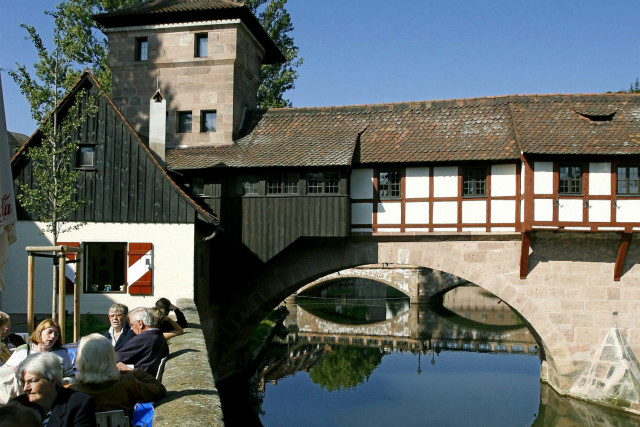
Visitors to the Henkerhaus Museum. Photo: DPA
Nuremberg is unique in that we know a heck of a lot about one particular executioner, a 16th century gentleman named Franz Schmidt. In Joel F. Harrington’s book, ‘The Faithful Executioner’, Schmidt’s handwritten diary is used to tell the very human story of a man trying his best, under some very trying circumstances.
The Henkerhaus Museum expands on the book to tell more stories of medieval crime and punishment, while making a conscious effort to remind the visitor that real people were involved.
A castle call
From there, why not head uphill and visit the home of the city’s most famous son, Albrecht Dürer. The Albrecht Dürer House does a very good job of telling the story of the Northern Renaissance’s most famous painter, while placing him in the context of 15th and 16th century life in Nuremberg – loud, raucous, and even a little smelly.
The home is kept in much the condition that Dürer might have known, with one highlight being his studio, full of bones, furs and other strange reference objects. While he drew and painted some fantastical creatures, he was also very careful to reproduce nature as he saw it, as accompanying interpretive materials show.
Make your way to the top of the city’s hierarchy by climbing up to the Nürnberger Burg, or series of castles, enclosed within a giant fortification, that loom over the city. Not only was this the home to local nobility, but also a place where the court of the Holy Roman Empire sat at various times.
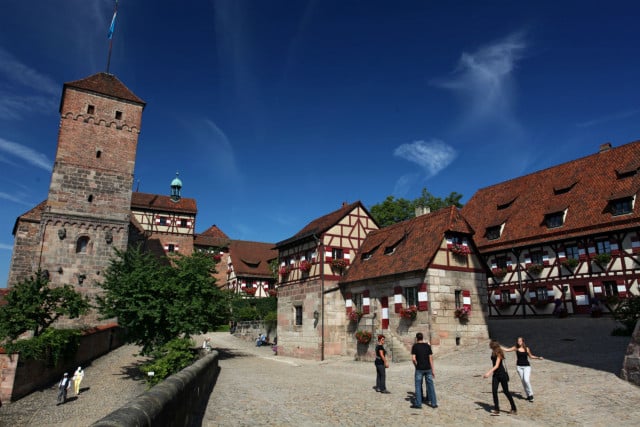
Visitors to the Nürnberger Burg. Photo: DPA
Now, city and nobility didn’t always get along, so there were more than a few battles taking place around the complex as each tried to impose dominance on the other, and some scars can still be pointed out, should you ask.
The castle was also the site of a famous thwarted execution. In 1372, the infamous robber baron Eppelein von Gailingen asked to sit on his horse one more time before he was hanged. When his wish was granted, he whipped the horse into action, leaping over the castle walls to freedom. There are still marks showing the exact height of the leap.
Today the castle has been restored after decades of hard work, and visitors can explore the vast halls once used by the Imperial Court, as well as viewing exhibitions of saints relics, medieval art and finely-crafted weapons of war – it’s quite the experience.
Finish you day by heading back down from the castle and making your way out to the where the city walls once stood. There, you’ll find Zum Gulden Stern. An unpretentious, unassuming guesthouse that has been serving traditional Nuremberg beer and sausages for – wait for it – 600 years this year.
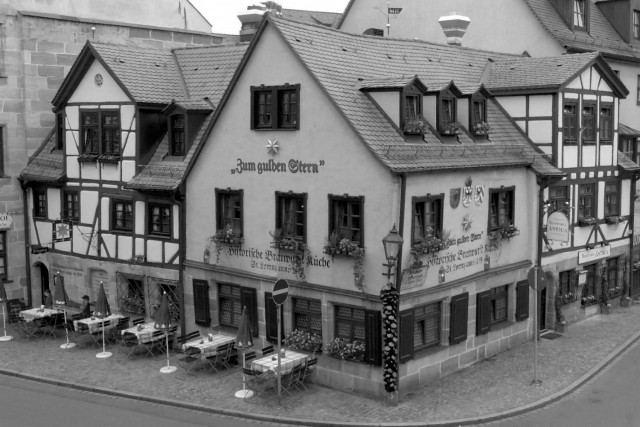
“Zum gulben Stern”. Photo: DPA
Cooked over a beechwood grill, the city’s distinctive thin sausages are served there every day of the year, in appropriately rustic, half-timbered surrounds. The beer is also outstanding. A real hidden gem, and long may it continue!
Nuremberg by night
If you’re staying overnight, I heartily recommend the Hotel Drei Raben, close to the city’s train station (and former site of execution). Located in a historic building, the hotel has a number of themed rooms, but please don’t think they’re in any way tacky or corny!
No, each is beautifully decorated and devoted to an aspect of the city’s history or mythology, and staying there is a memorable way to soak in the atmosphere and heritage of the city. The staff will be happy to explain the significance of the hotel’s many rooms, giving you the inside scoop on some very strange and wonderful happenings!
There is so, so much more to do in Nuremberg, and this article only scratches the surface – albeit in a rather bloody manner. It’s a good thing, then, that the city is easily reached by train from Stuttgart, Munich, Ulm and Augsburg, as well as Berlin. The city is also served by a number of autobahns.
Have you been to Nuremberg lately? Do you have your own recommendations? Let us know by sending us an email at [email protected] and we may use them in a future article!
EXPLORE:
-
Mittelalterliche Lochgefängnisse / (Medieval Dungeon) / Rathausplatz 2
90403, Nuremberg -
Henkerhaus Museum / Floehmarkt 58
90403, Nuremberg -
Albrecht Dürer House / Albrecht-Dürer-Straße 39, 90403 Nuremberg
-
Nürnberger Burg / Burg 13, 90403 Nürnberg
-
Zum Gulden Stern / Zirkelschmiedsgasse 26, 90402 Nuremberg
-
Hotel Drei Raben / Königstraße 63 90402, Nuremberg

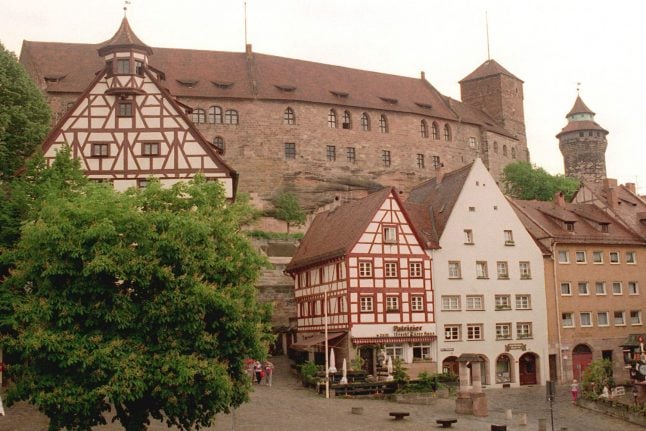
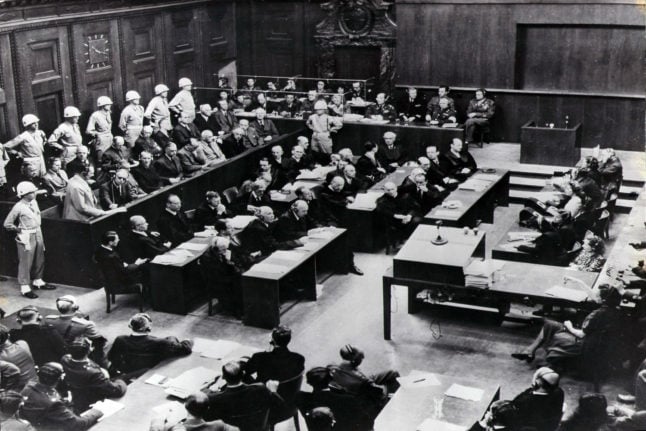
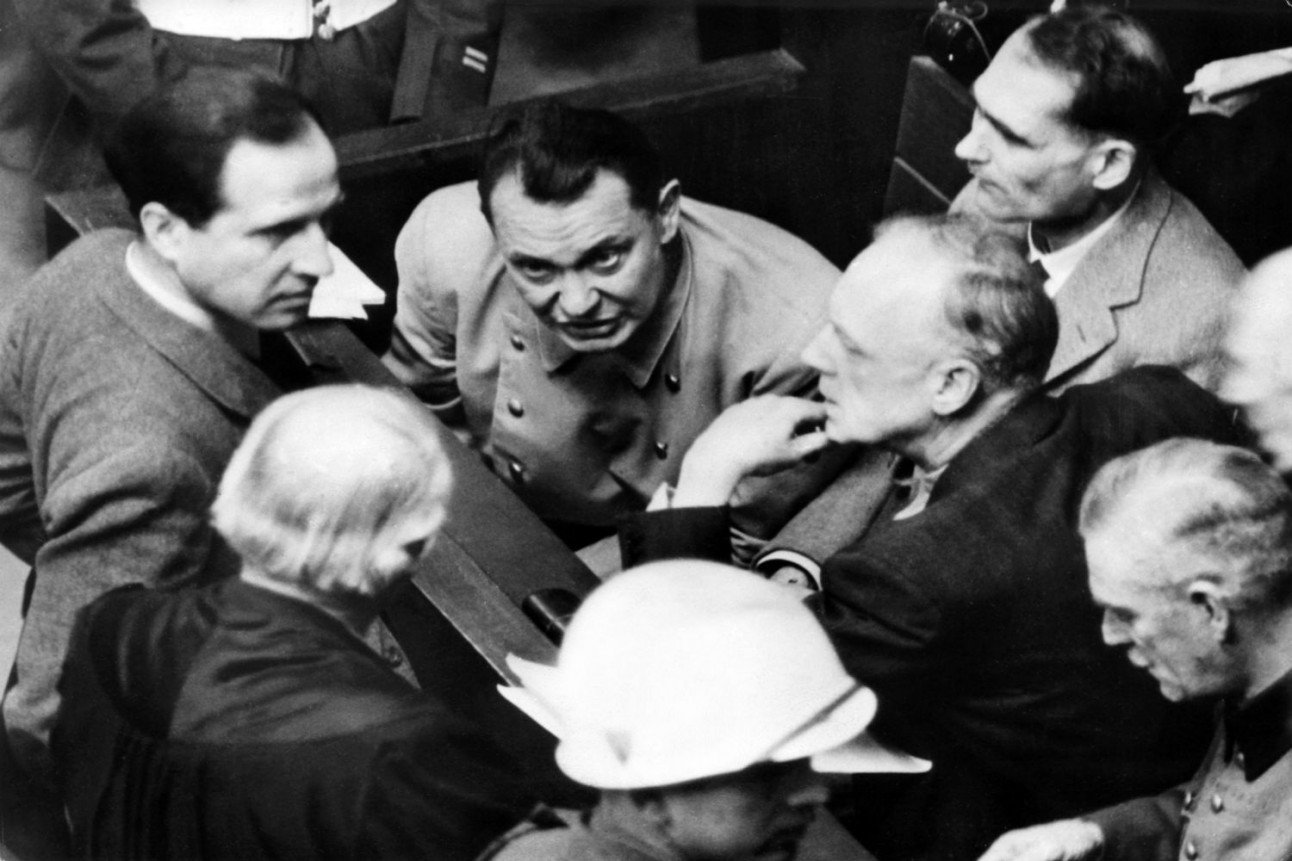
 Please whitelist us to continue reading.
Please whitelist us to continue reading.
Member comments